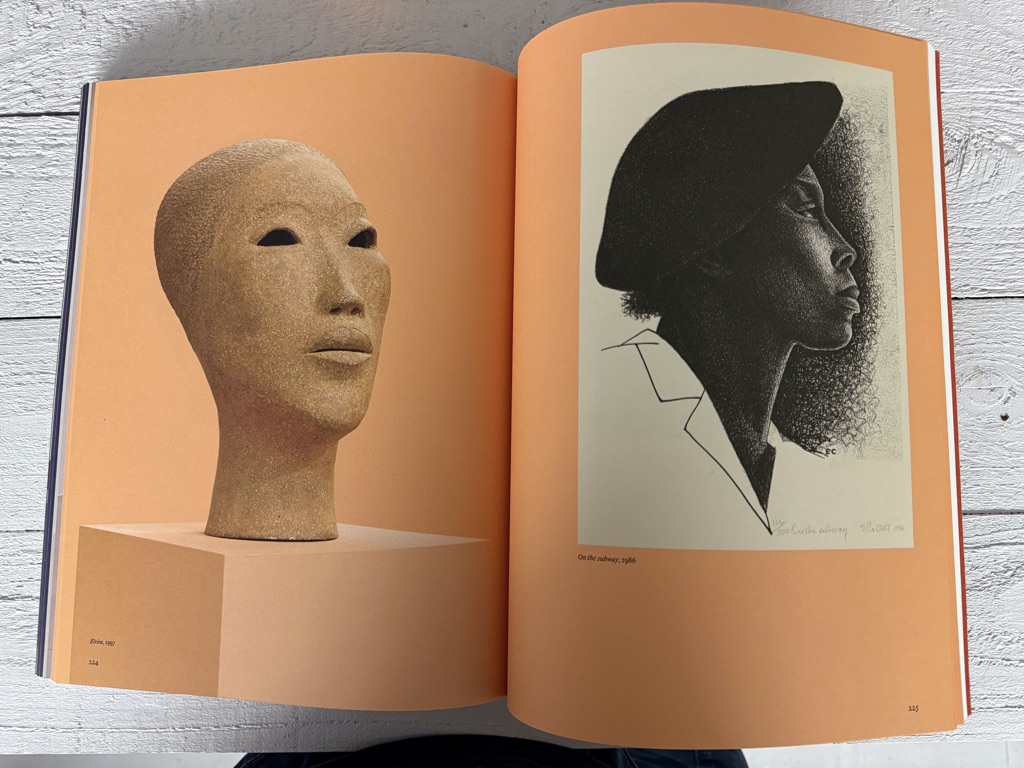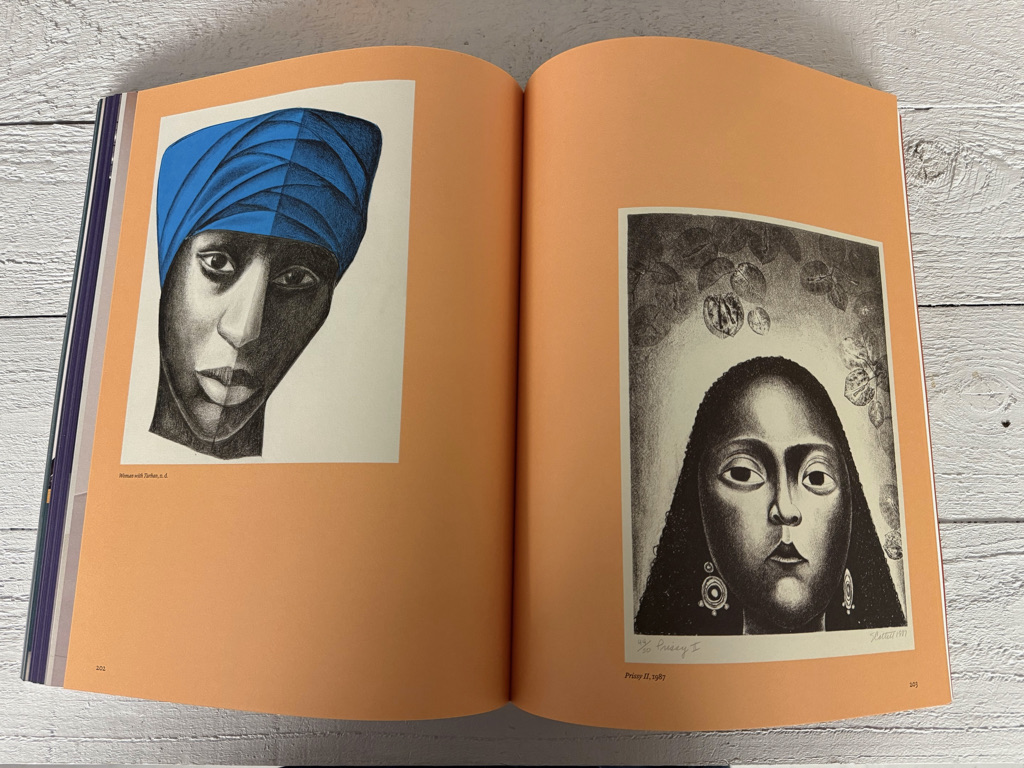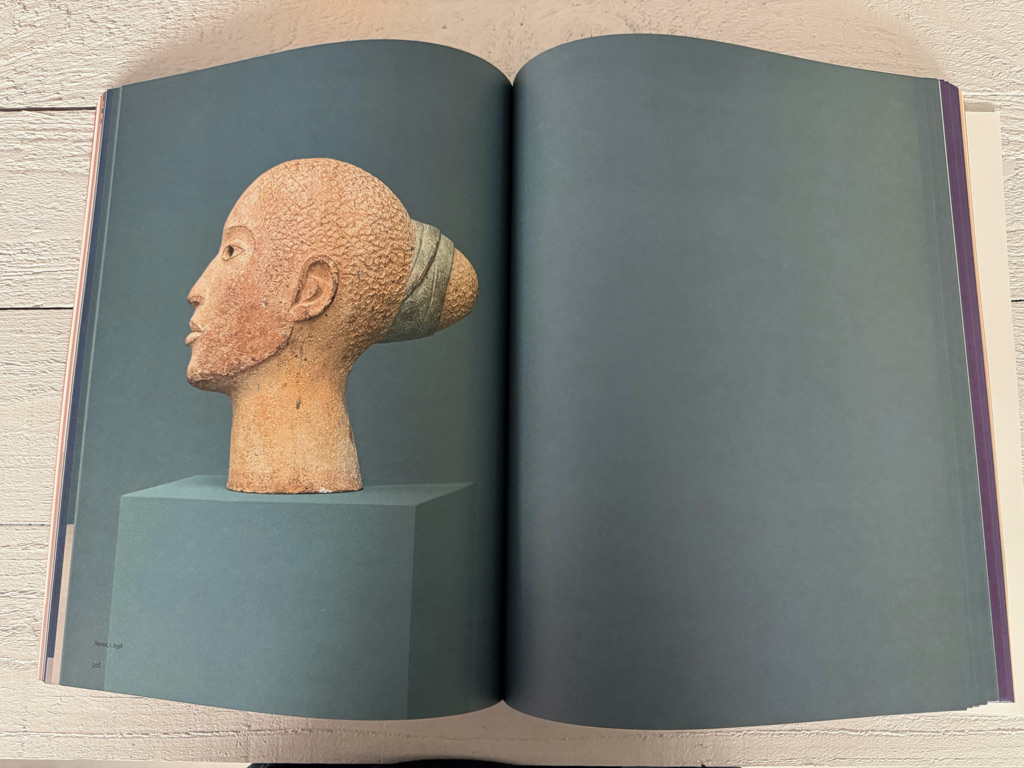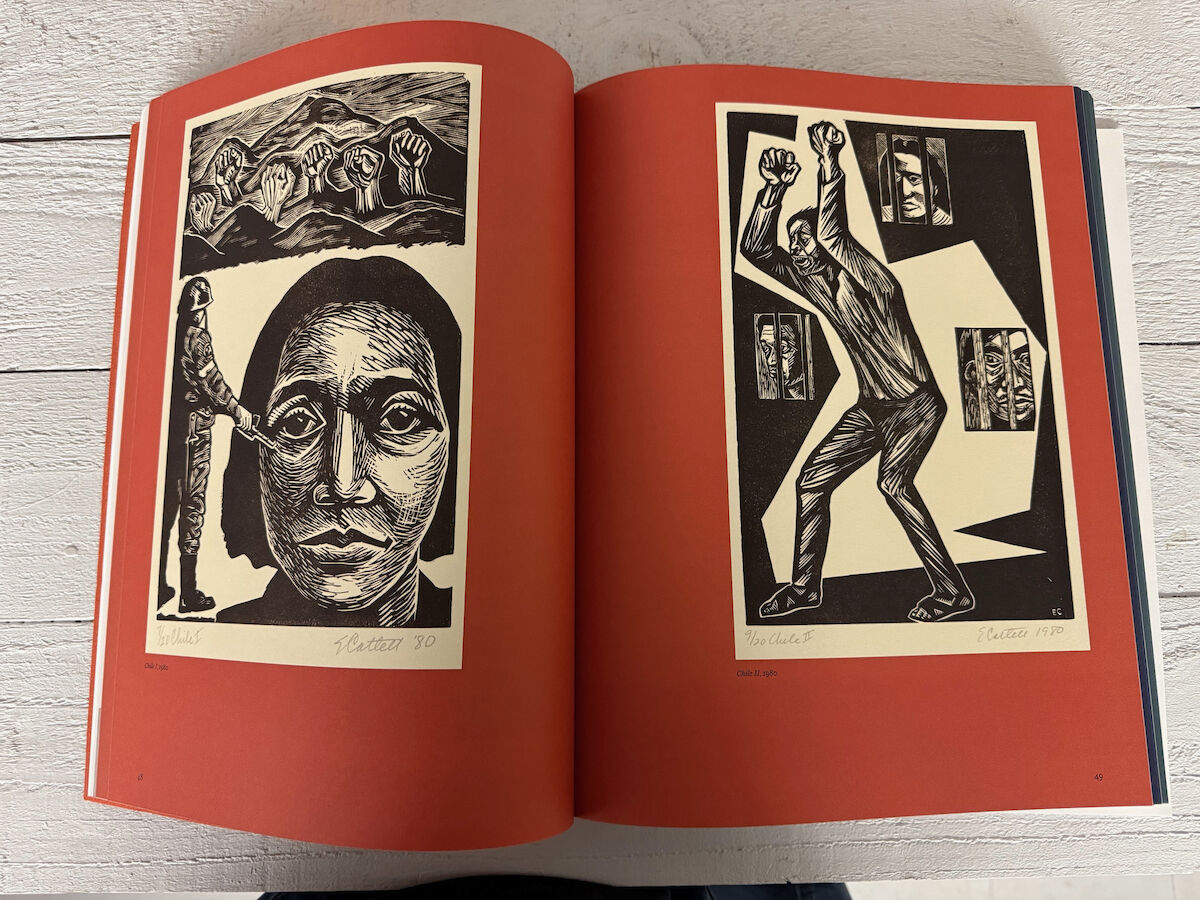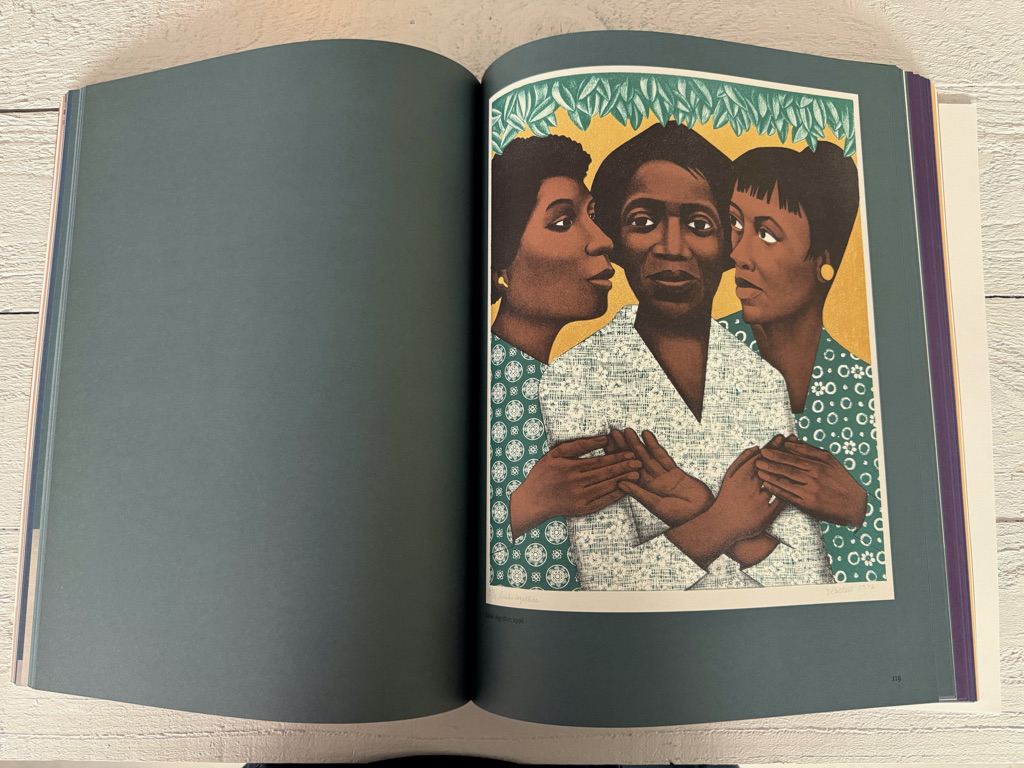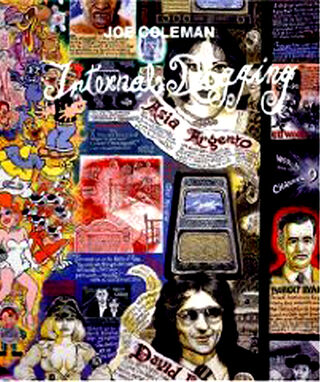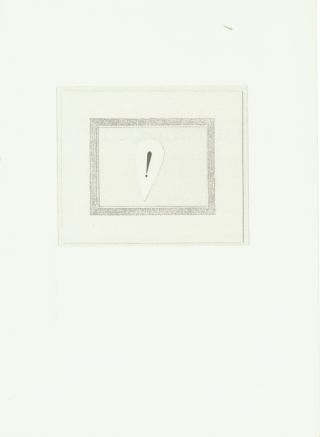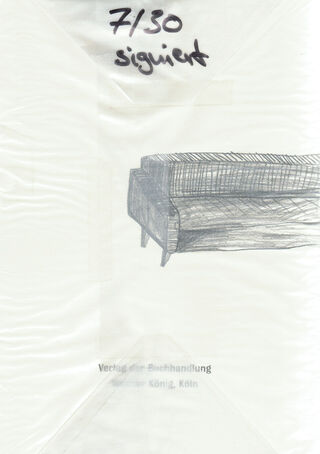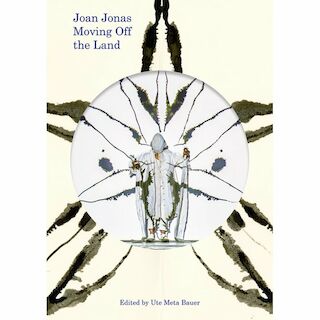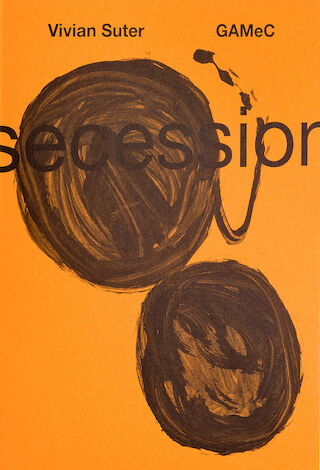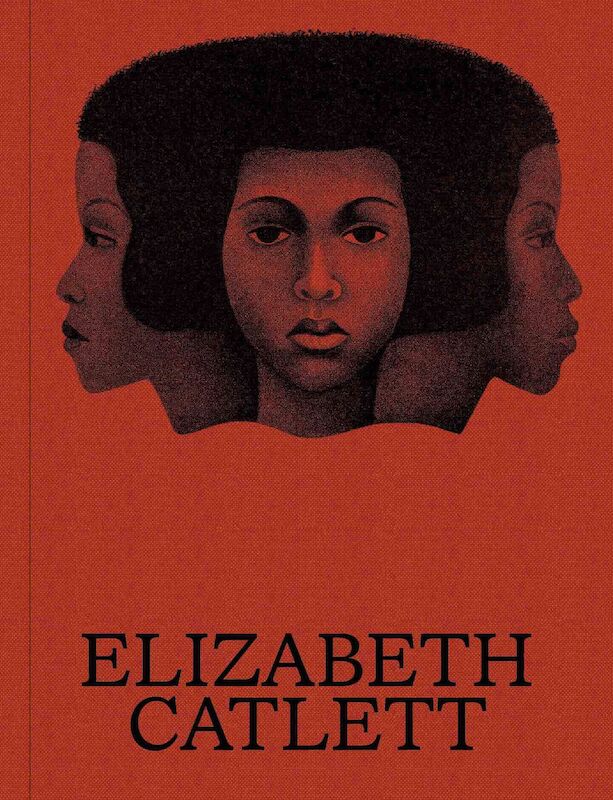
Soft Cover, German / English, Thread Stitching, 242 Pages, 2025, Verlag der Buchhandlung Walther König Köln
Elizabeth Catlett
Elizabeth Catlett’s work is defined by its deep engagement with social justice, Black identity, and the dignity of women’s lives.
Across printmaking and sculpture, her practice consistently foregrounded the everyday experiences, historical struggles, and enduring strength of Black and Indigenous people. Her early linocuts—marked by clarity, directness, and expressive force—depict sharecroppers, laborers, and survivors not as victims, but as active participants in history. In iconic images of Harriet Tubman and Phyllis Wheatley, she reframed national memory through the lens of Black womanhood.
Catlett’s art combines political commitment with formal refinement. Her work resonates with the expressive realism of Käthe Kollwitz, the sculptural poise of Barbara Hepworth, and the narrative strength of fellow Black American artists like Jacob Lawrence and John Woodrow Wilson. After moving to Mexico in 1946, Catlett became associated with the modernist Mexican School and collaborated closely with her partner, muralist Francisco Mora. In the late 1950s, she shifted her focus from printmaking to sculpture, developing a distinct style characterized by gently modeled, emotionally resonant forms—often mothers, children, and women at rest or in reflection.
Beyond her artistic achievements, Catlett was a lifelong activist. She advocated for the rights of Black and Mexican women, for artists' labor, and for the democratization of art. Her belief that art must be both accessible and politically meaningful shaped her entire career.
Born in Washington, DC, in 1915, Catlett lived and worked in Mexico from 1946 until her death in 2012. This publication accompanies the first institutional survey of her work, offering a comprehensive view of a career that bridged continents, disciplines, and movements.

